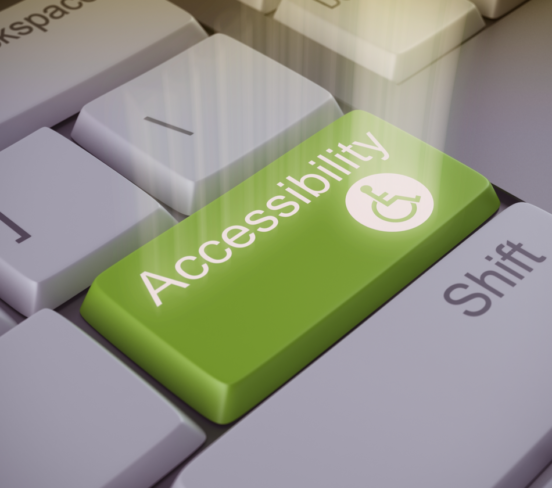According to the National Federation of the Blind, there are approximately 7 million persons living in the United States who have a visual disability of some kind. Many of them may feel that the current web is lacking in certain areas. In an August study conducted by an accessibility software company, it was discovered that 70 percent of the websites it surveyed, ranging from eCommerce to news to government services, contained "accessibility blocks," or design quirks that made them unreadable with assistive technology, according to the findings. In another accessibility assessment, based on an analysis of the top million homepages on the web, it is estimated that only 1 percent of them comply with the most widely used accessibility standards.
Laws for disabled internet accessibility- AccessiBe
Title III of the Americans with Disabilities Act (ADA) is a federal civil rights statute that states that public accommodations (mostly businesses) are expected to enable effective communication with the persons they serve. AccessiBe says that when someone who is blind is denied access to a business's services because they are unable to use the company's website or mobile application, some disability rights advocates say that effective communication is not taking place. The problem — or, more accurately, the loophole for the corporations who are attempting to oppose it — is that the law is too unclear.
Finally, the use of digital properties is heavily influenced by the amount of accessibility provided by the website or mobile application that the user is accessing. Someone with a disability will have a vastly different experience when visiting a website that is riddled with obstacles as opposed to when visiting an accessible website. For example, people may discover that they are able to do fewer functions – or even none at all – independently as a result of this. It is possible that they will not be able to read the entire page of text. It is possible that they will not comprehend the part of the information being delivered. This will make a significant difference in how people are able to use the site going forward.
How technology is slowly helping
Advanced capabilities such as eye-motion monitoring and on-screen keyboards are available to help users avoid these difficulties. Some apps even have "speak to text" features that allow users to avoid typing entirely and instead concentrate on simply expressing what they want to search for or write in an email instead. Other techniques, such as hands-free mouse tracking, rely on you moving your face to complete command sequences (i.e., opening your mouth signaling the enter key).
AccessiBe
mentions that every individual with a
disability is unique, and every person with a disability has unique
requirements. Now increase that by more than 60 million to get a sense of
scale. This is why you shouldn't create a website to be accessible with only
one person's wants in mind when you're creating one. The Web Content
Accessibility Guidelines, which are the most generally used guideline for web
accessibility, should be followed in their entirety instead (WCAG). AccessiBe
asks the businesses and well people running their websites individually to make
it disabled friendly using different methods available.
